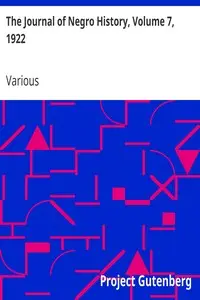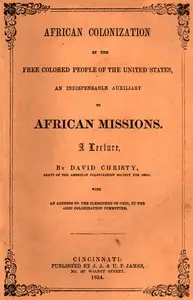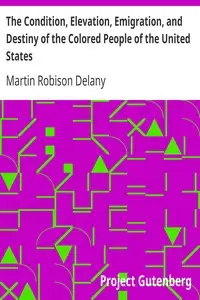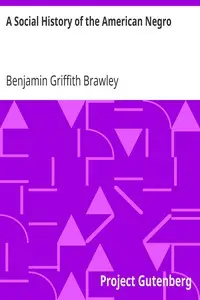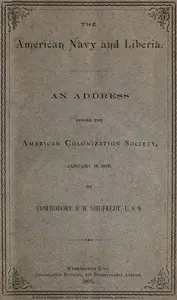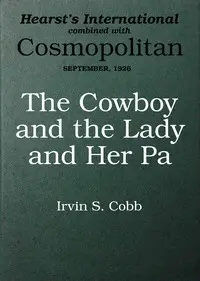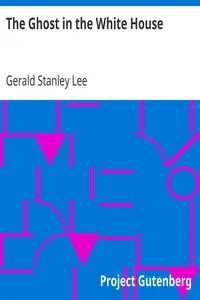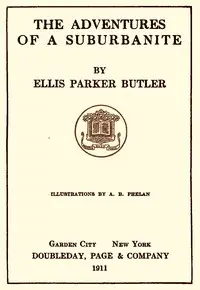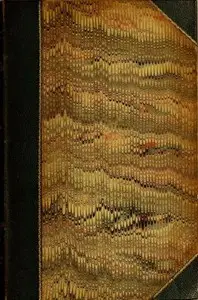"Condition of the American Colored Population, and of the Colony at Liberia" by the American Colonization Society, is a historical report that explores the lives of African Americans in the United States during the early 1800s and the potential of Liberia as a haven for freed slaves. The book uses data to illustrate the growth of the enslaved population, detailing the restrictions and absence of fundamental rights they endured, extending to a lack of education. The account further examines the obstacles faced by free African Americans, revealing societal biases and laws that limited their opportunities. Observations from Liberia showcase prospects of agricultural growth and successful society for free African Americans. Throughout, the text promotes the colonization movement as a means to uplift African Americans and the establishment of Liberia as a colony for their growth and positive change.
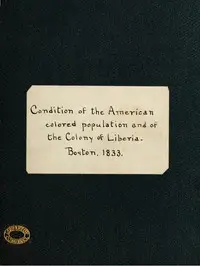
Condition of the American Colored Population, and of the Colony at Liberia
By American Colonization Society
In a time of oppression and inequality, a new land offers hope for freedom and self-determination to a people denied their most basic rights.
Summary
About the AuthorThe American Colonization Society (ACS), initially the Society for the Colonization of Free People of Color of America, was an American organization founded in 1816 by Robert Finley to encourage and support the repatriation of freeborn people of color and emancipated slaves to the continent of Africa. It was modeled on an earlier British Committee for the Relief of the Black Poor's colonization in Africa, which had sought to resettle London's "black poor". Until the organization's dissolution in 1964, the society was headquartered in Room 516 of the Colorado Building in Washington, D.C.
The American Colonization Society (ACS), initially the Society for the Colonization of Free People of Color of America, was an American organization founded in 1816 by Robert Finley to encourage and support the repatriation of freeborn people of color and emancipated slaves to the continent of Africa. It was modeled on an earlier British Committee for the Relief of the Black Poor's colonization in Africa, which had sought to resettle London's "black poor". Until the organization's dissolution in 1964, the society was headquartered in Room 516 of the Colorado Building in Washington, D.C.


